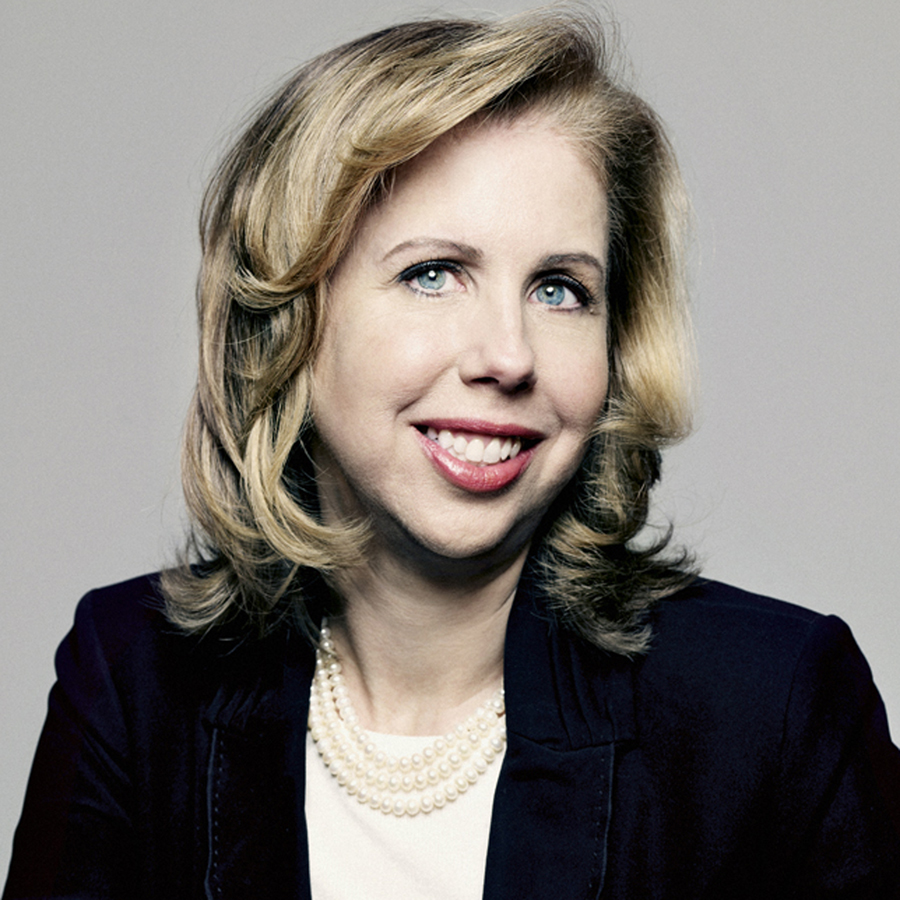
See TIME’s year-long multimedia project Finding Home, about the lives of four Syrian refugee babies and their families, as they face an uncertain future. You can also follow the project on Instagram at @FindingHome.
There are few more wondrously terrifying moments in a woman’s life than when she gives birth, delivering unto the world the passenger she has been carrying for nine months and then meeting directly for the first time. Tissue skin. Lumpy feet. Deep-pool eyes and those first howling breaths, all real and raw and eternal and so fragile.
So I cannot conceive what it is like for the refugee women documented in our new year-long project Finding Home—women who have fled their country by land or sea or both to give birth to their babies in a foreign hospital, far from family and home, surrounded by doctors and nurses whose language they can’t understand, wrapping their newborns in borrowed blankets and returning to the tents they now call home.
TIME’s Africa bureau chief, Aryn Baker, renowned photographer Lynsey Addario and videographer Francesca Trianni have been telling the story of the great migration throughout the past year; for 2017, they are undertaking a special multimedia project that we are launching with this issue, called Finding Home. Over the past few months they have been reporting from inside the refugee camps in Thessaloniki, Greece, where very few reporters have been able to go. Dozens of babies are being born in Greece each week; maternal and newborn health is an often overlooked aspect of Europe’s refugee crisis, which itself is a topic that is increasingly afflicted by, in the words of Pope Francis, a “globalization of indifference.”
Our goal is to understand the intense and intimate challenges faced by these families. Our reporting team will follow four of these babies for the next year, being present with the mothers from the delivery room to returning to their tents and managing a newborn in a setting with no hot water or flush toilets, no toys, no place to play. We will follow them through the labyrinthine asylum process and the next journey, wherever it takes them, telling their stories in the magazine, on TIME.com and on Facebook, Instagram (@FindingHome) and more. “Normally when we close a story for the magazine, it means that I’m closing my notebooks as well,” says Aryn. “This time I get to finally answer the question, in real time, of what happens next. And then what happens after that.” This project has been made possible with support from the Pulitzer Center.
Nancy Gibbs, EDITOR
Behind the Scenes
In support of Finding Home, photojournalist Lynsey Addario has received support from the Pulitzer Center, Aidan Sullivan–CEO and founder of Verbatim, a recently launched commercial agency representing photojournalists–and the U.N. Population Fund, which has a unique mandate on reproductive and maternal health to ensure that every childbirth is safe. For the past 20 years, Addario has devoted her career to documenting the toll of war and other humanitarian crises on civilians, with a particular focus on women’s issues. With her coverage of maternal mortality, rape as a weapon of war, and self-immolation in Afghanistan, she has turned an unflinching lens on women who might otherwise be forgotten. Over the past four years, Addario has built a significant body of work as a witness to the exodus from Syria, photographing in Syria, Turkey, Lebanon, Jordan and Greece.
Finding Home is supported by a grant from the Pulitzer Center on Crisis Reporting
Rahaf, born Nov. 1, 2016
Heln, born Sept. 13, 2016
Hamida, born Sept. 30, 2016
Faraj, born Oct. 2, 2016
More Must-Reads from TIME
- Cybersecurity Experts Are Sounding the Alarm on DOGE
- Meet the 2025 Women of the Year
- The Harsh Truth About Disability Inclusion
- Why Do More Young Adults Have Cancer?
- Colman Domingo Leads With Radical Love
- How to Get Better at Doing Things Alone
- Michelle Zauner Stares Down the Darkness
Contact us at letters@time.com